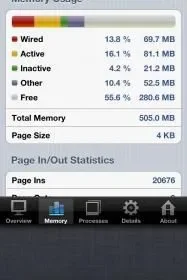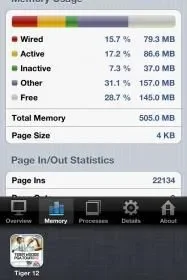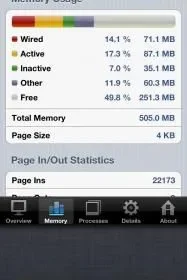I thought there was a way to do this and I thought I have before but now I can't find where at in my settings. So of there is a way can someone let me know. I went to the settings and went to twitter and didn't see a clear cache area. Thanks
I did a quick read of this thread. Perhaps I missed it but did anyone provide the Cydia app that clears cache?















